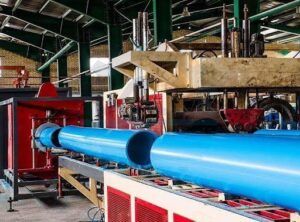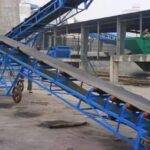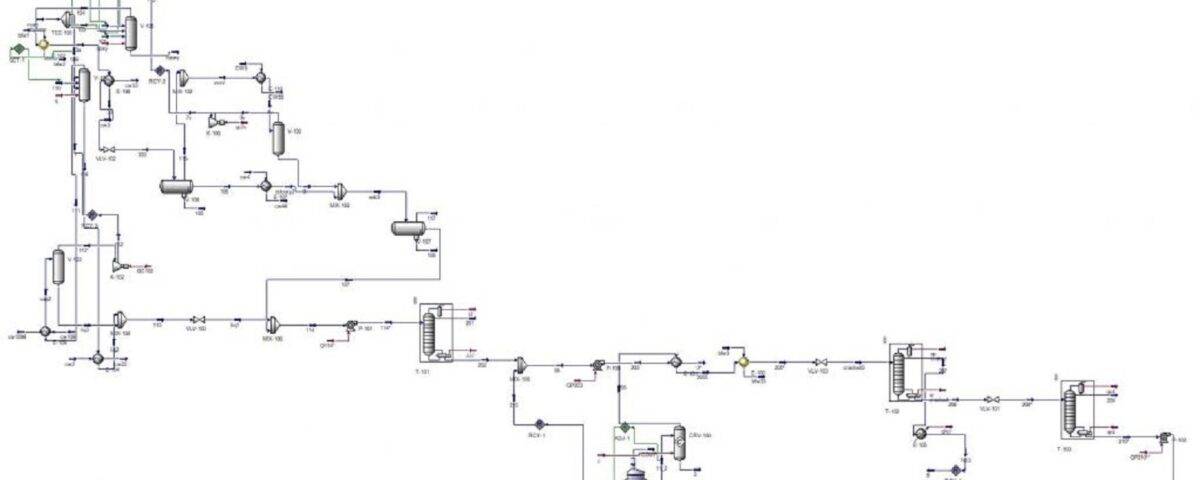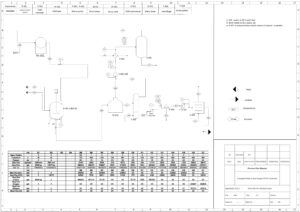Description
The terms PVC and vinyl are commonly used not only to refer to polymers but also to all materials where polyvinyl chloride (PVC) is a component. Polyvinyl chloride is a plastic with unlimited uses. In general, more than 50% of man-made PVC is used in construction. Because PVC is cheap and easy to assemble.
The Method of Making PVC
PVC, like polyolefins (polyethylene, polypropylene), is one of the most widely used polymers. Ability and ability to combine PVC with softeners, various additives and make different compounds. and achieving a wide range of completely different characteristics, from completely flexible soft films to hard parts, as well as the possibility of an easy process on the one hand and its reasonable price as a raw material on the other hand are factors that increase They also guarantee the addition of PVC in the future.
PVC can be processed with all the processing methods available for thermoplastics, such as:
Extrusion methods for the production of pipes, cables, granulation, inflatable films, door and window profiles
Rotational coating methods (ball), immersion (gloves), and… using plastisol
Common injection-pressing methods to produce technical and complex parts from hard PVC
Vinyl chloride polymers (PVC) are amorphous and polar thermoplastics that are highly resistant to atmospheric conditions, chemicals, and fire. The impact strength of this thermoplastic can be increased by preparing VC copolymers or mixing with other polymers (alloying).

Simulation and Design of PVC Production Unit in Aspen Hysys
This project, which is related to the course of conceptual design, is based on process information available in handbooks and articles. First, the existing process for the production of PVC was examined and the superior process was selected using the advantages and disadvantages of each. Finally, the simulation of the non-polymer part (monomer production) has been done using Hysys. Finally, some important equipment of this process has been designed.
Available files: conceptual design report – simulation file



